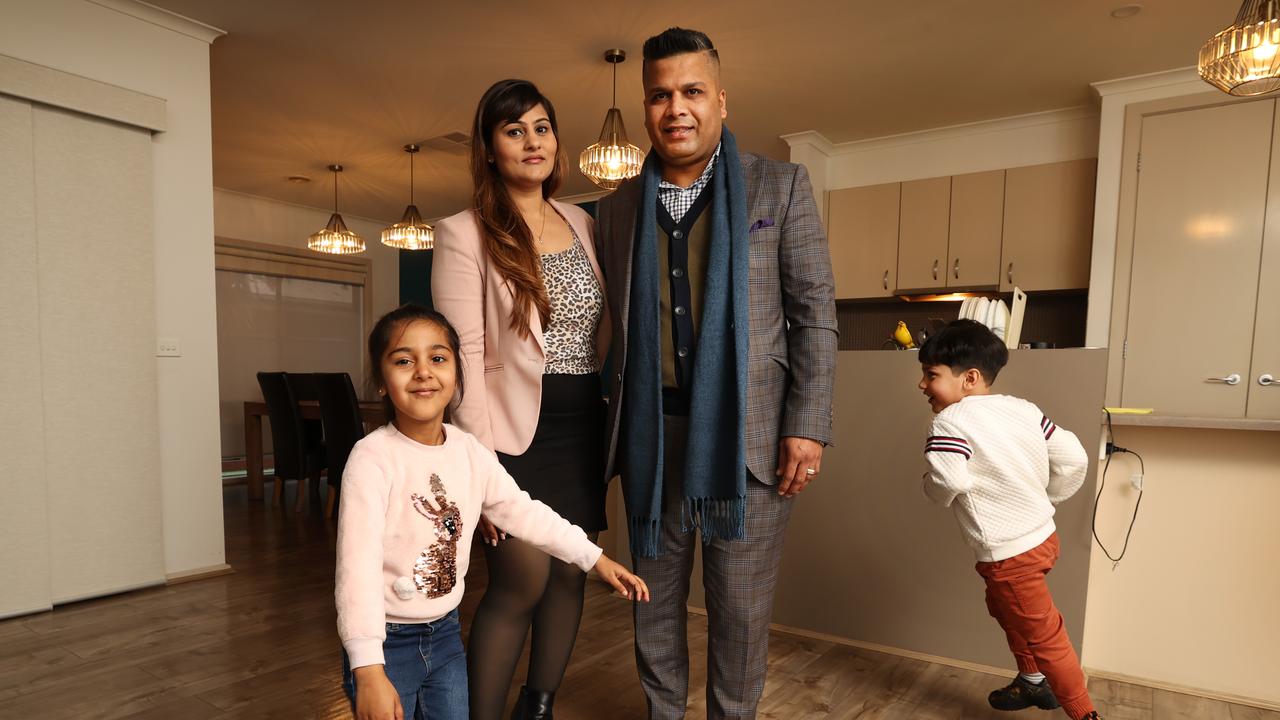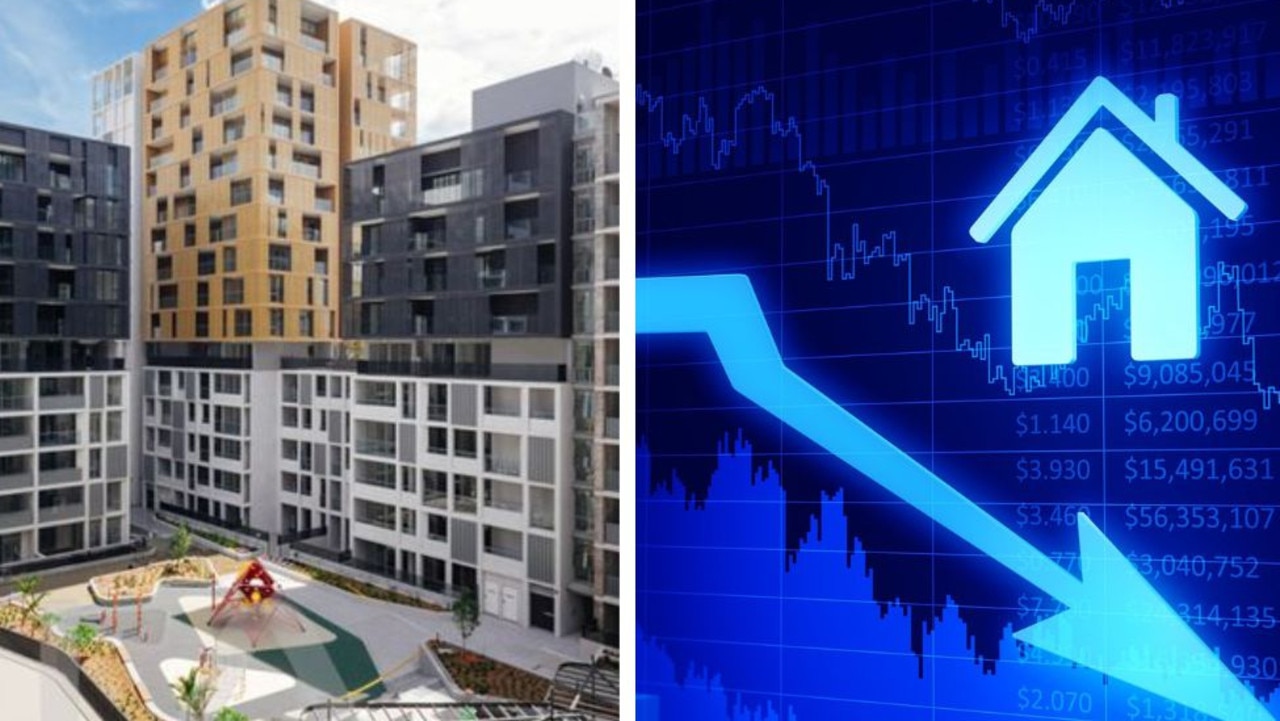‘Severe shortage’: Graph reveals rental crisis truth
Australia’s rental market remains in a severe shortage and things are not expected to get better for some time. However, there is a slight silver lining.

In recent months as the attention of the nation’s policymakers has turned to everything from the Stage 3 tax cuts to the debate on nuclear power playing a role in the nation’s future energy mix, the rental crisis has somewhat faded from the spotlight.
After the pledge from Prime Minister Anthony Albanese to cut immigration and “fix” the nation’s “broken immigration system” late last year, one could be forgiven for thinking meaningful strides had been made to address the rental crisis.
According to the latest figures from SQM Research, more or less zero progress has been made on the rental crisis since this time last year.
At a national level the number of vacant homes for rent has grown by just 770 homes when compared with this time last year. In aggregate, the nation’s rental vacancy rates remains where it was in June 2023, with just 1.3 per cent of homes for rent vacant.
SQM’s Managing Director and property expert Louis Christopher had this to say on the future path of rental vacancies in a recent report: “Based on history, we have now reached the peak in rental vacancy rates for Winter. It is likely that, starting in July, vacancy rates will begin to tighten again and keep tightening until November … So far this year, it seems we have recorded very similar vacancy rates compared to the same period in 2023.
“Overall, the national rental market remains in severe shortage and barring some exceptions, is not expected to materially soften out of the rental crisis for some years,” Mr Christopher said.
However, he went on to note while the rental crisis will continue in terms of the
shortage in available homes, there is something of a slight silver lining.
“However, much of the structural rental shortage has now been priced into the rental market and so I do believe the days of 10-20 per cent plus annual rental increases have come to an end,” Mr Christopher said.
Despite the lack of progress, this doesn’t actually mean thousands of Australians aren’t
changing how they live as a result of the rental crisis.
According to figures from share housing website Flatmates.com.au, more than 210,000 people sought out share homes or potential house mates in January. This marks the busiest month on record for the platform.
Flatmates.com.au Community Manager Claudia Conley noted half of all property listings on their portal were from homeowners, with a majority acting as live in landlords and renting out a spare room.
In a vacuum this has the positive effect of reducing demand for rental accommodation, due to a renter joining an existing household, rather than starting their own household with house mates.
Unfortunately, demand for housing is growing at a significantly greater rate than the construction sector can build new homes and Australians can change their living arrangements.
Projections of housing demand/supply balance going forward
In order to get an idea of what housing demand will look like going forward, the population growth estimates will be based on the net migration forecasts from the Federal Treasury and the three-year average for the natural increase in the population (births minus deaths).
For 2024-25, this comes 260,000 migrants in net terms and a 119,200 person expansion of the population through the natural increase.

It’s here that its worth going through the elements driving housing demand step by step.
While there are other factors at work, for today this will serve as a broad overview of the lion’s share of the impactful drivers.
Based on population growth of 379,200 people and the average household size of 2.5 persons, the baseline requirement for dwelling completions is 151,700.
But not every dwelling completion results in a net addition to dwelling stock. Due to the impact of knockdown rebuilds, homes being rebuilt after natural disasters, homes being redeveloped into other types of structure and a number of other factors, for every one dwelling completion roughly 0.85 homes are added to net dwelling stock.
Once the impact of this is factored into the equation, the requirement for dwelling completions rises 178,400.
This brings us to the elephant in the room, changing demographics. As Australians have fewer
children and the population ages, the average size of a household shrinks putting upward pressure on housing demand. For example, due to the contraction in household size seen in the ABS data in 2022-23, the number of homes required in net terms rose by over 59,000 in one year.

By taking the average increase in housing demand through demographics over the last 5 years and adding it into the mix, the required number of homes balloons to more than 230,000.
This is a long way off the current level of dwelling completions which numbered 171,700 in the latest figures and are expected to fall further before bottoming out later in the year. According to estimates from HIA Chief Economist Tim Reardon, 176,000 new homes will be completed during 2024-25 and that dwelling completions will top out at 215,000 per year in 2026-27 and 2027-28.

This unfortunately serves to illustrate how challenging it could be for the nation to build its way out of the rental crisis. While in time the continued growth of asking rents at a rate far higher than wage growth will drive even more Australians into share housing, it’s an open question as to what degree this will be countered by the continuing change in the nation’s demographics.
So far, the data from the ABS’s measure on average household size suggests that the drive toward share housing is being more than offset by the ageing of the population and the dwindling number of children per home. Ultimately, with the settings of housing market supply and demand as they are, there is no end in sight for the worst rental crisis in at least a generation.
Tarric Brooker is a freelance journalist and social commentator | @AvidCommentator






